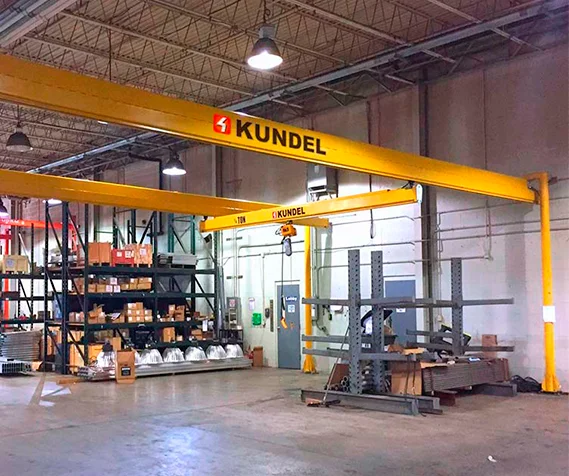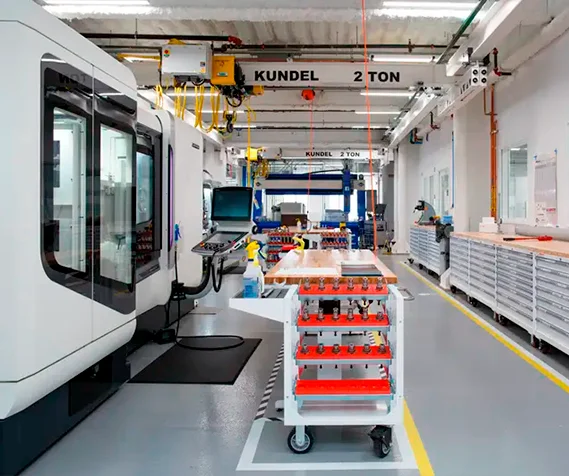By KUNDEL Crane Systems
Idle equipment is expensive—and risky. These six clear benchmarks, shaped by KUNDEL’s decades of crane innovation, show when it’s time to replace.
1. Annual Repairs Near or Exceed 50% of Replacement Cost
Once your yearly crane repair bill—including labor, travel, downtime, and specialty part sourcing—approaches half the cost of a new system, you’re in negative ROI territory. This is more than budgeting. It’s risk management. Equipment past its prime becomes a cost center—unpredictable and increasingly expensive.
2. Downtime Becomes Business-As-Usual
Random failure isn’t random. It’s a pattern—and a symptom of fatigue. If your crane’s unplanned outages are trending upward or causing cascading delays in production, consider this your audit in real time. Every missed shift, rerouted load, or stalled process has a dollar sign attached to it.
3. You’ve Outgrown the Crane’s Performance Specs
A crane designed for 5-ton loads running 8 tons every day isn’t tough—it’s strained.
As your operations scale, a crane that once met your needs can quietly become your bottleneck. Overcapacity use leads to structural fatigue, faster wear on components, and compliance concerns with OSHA and CMAA standards.
4. Inspections Flag Structural or Safety Failures
Cracks in welds. Degraded hoist brakes. Warped beams. These aren’t minor issues—they’re precursors to catastrophic failure. If inspectors are noting major deficiencies or issuing conditional passes, you’re operating on borrowed time. The question isn’t if you’ll need to shut down, but when.
5. Parts Are Obsolete or Unavailable
If your team is scavenging aftermarket sites, hoarding discontinued components, or waiting months for parts from overseas, the problem isn’t supply chain—it’s obsolescence. No OEM support = no long-term viability. And worse, it increases your dependence on patchwork solutions that put safety and uptime at risk.
6. No Real-Time Monitoring or Preventive Diagnostics
Modern crane systems offer digital dashboards, sensor feedback, cycle tracking, and condition alerts. If your system relies solely on manual inspections or reactive maintenance, you’re not just behind—you’re blind. Without preventive intelligence, you’re gambling with downtime, not managing it.
Why KUNDEL Engineers Think Differently
KUNDEL overhead systems are engineered around operational adaptability and long-life performance. We believe crane systems should evolve with your business, not hold it back.
Here’s what sets ours apart:
- Modular construction for easier reconfiguration, upgrades, and less installation downtime.
- 10:1 safety factor design using high-yield steel, far exceeding CMAA minimums.
- Wider working coverage—up to 30% more area than comparable OEM systems.
- Lifetime support, including parts continuity and engineering advice.
This isn’t about pushing products. It’s about changing how you think about overhead infrastructure—as a long-term investment, not a fixed asset.
Take Action Before You Wish You Did
If you’re seeing even two or three of these signs in your current crane fleet, it’s time to step back and reassess. You don’t replace an overhead crane because it’s old—you replace it because the cost of inaction is growing louder, more expensive, and more dangerous.
And when that happens, the real decision isn’t if, it’s how fast you can act.


